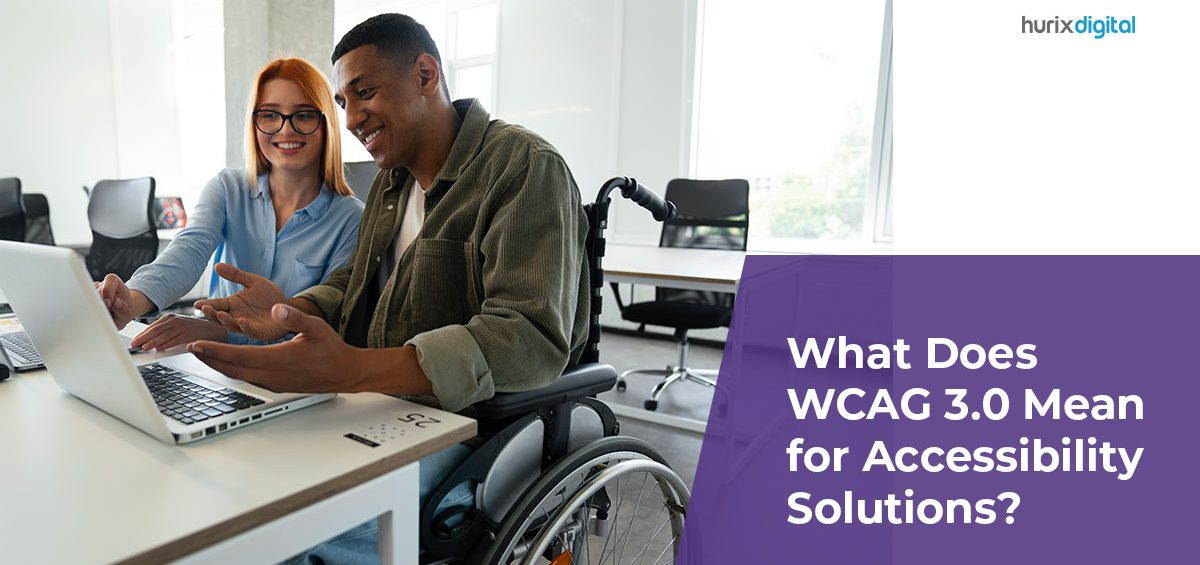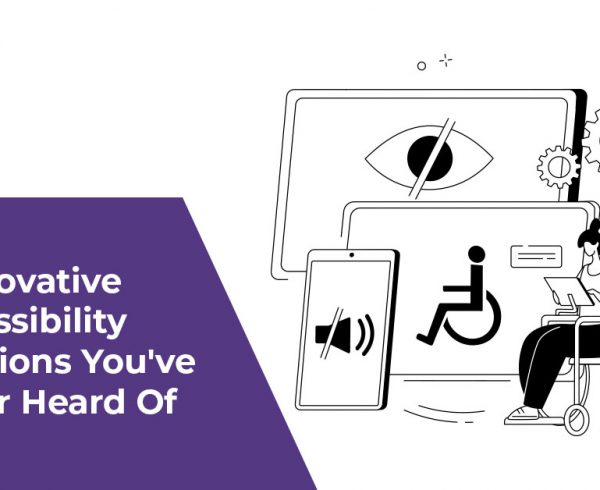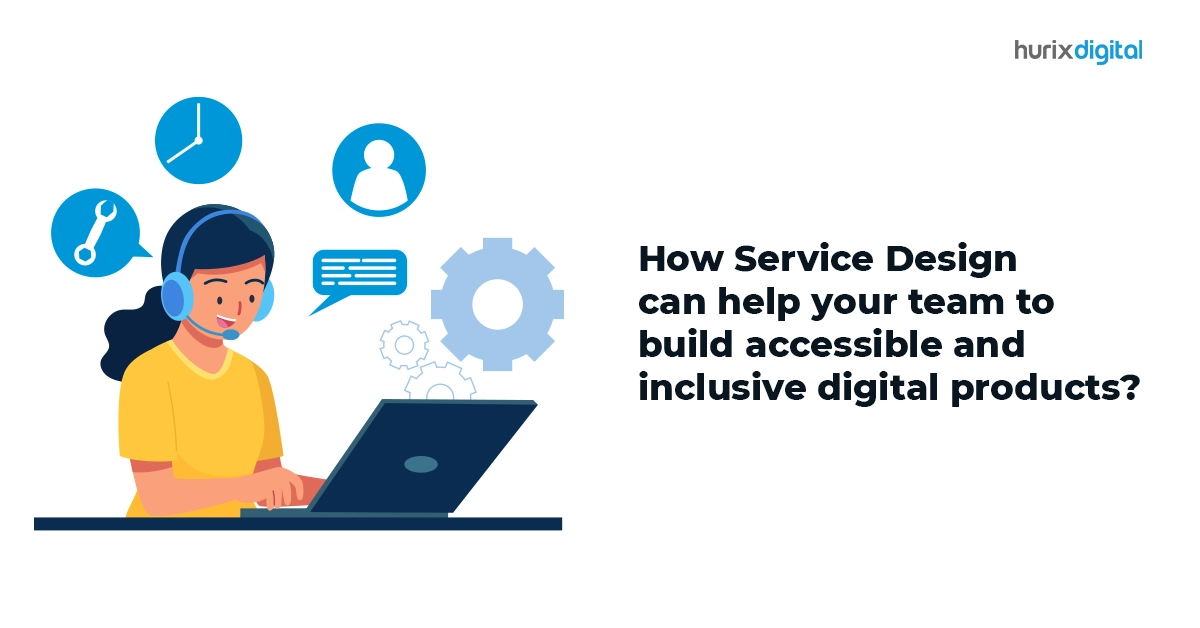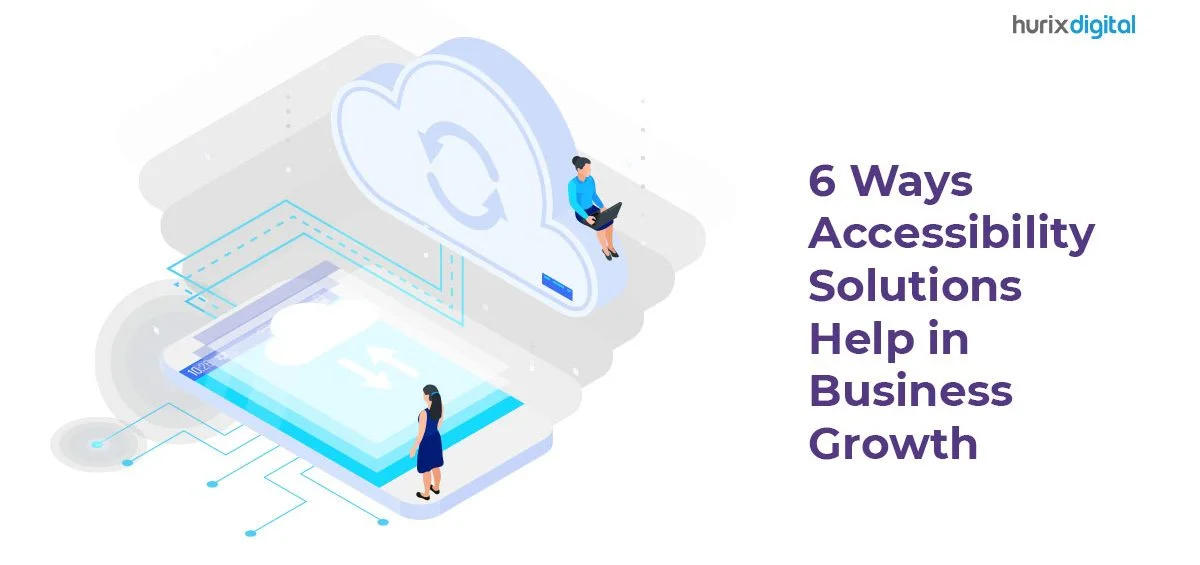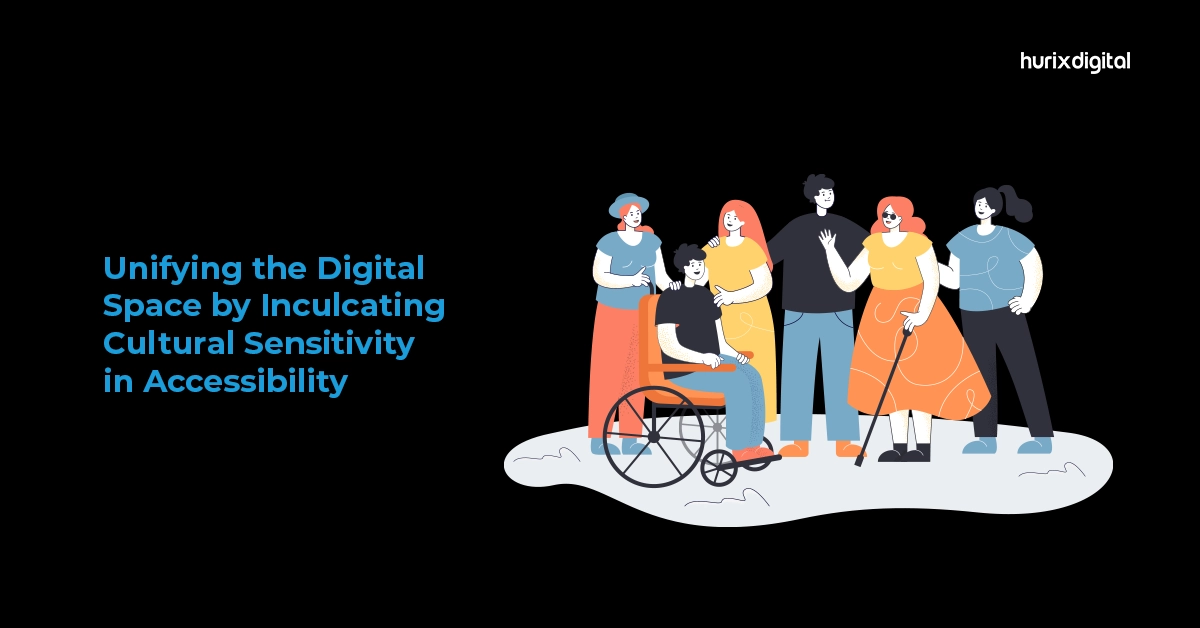Regardless of the size and nature of the organization, digital accessibility is one of the most important priorities for all businesses.
To navigate this better, Web Content Accessibility Guidelines (WCAG) offer a detailed and comprehensive framework for establishing accessibility as a priority. However, multiple versions of WCAG exist, and many additional versions of the WCAG guidelines are expected to be released in the near future.
WCAG 3.0 is the latest version of web content accessibility guidelines which were released on December 7, 2021. Unlike the previous iterations, such as WCAG 2, WCAG 2.1, and WCAG 2.2, the WCAG 3.0 are more flexible and outcome-based standards for better accessibility solutions.
In this post, we will explore this latest iteration and what WCAG 3.0 means for accessibility.
Table of Contents:
- How is WCAG 3.0 Expected to Work?
- Main Features of the WCAG 3.0
- Does WCAG 3.0 have Levels A, AA, and AAA?
- Understanding Outcome Ratings in WCAG 3.0
- Make the Switch to WCAG 3.0 Easier
How is WCAG 3.0 Expected to Work?
Here are the key points discussing how the new WCAG 3.0 compliance is expected to work.
- In WCAG 3.0, all the guidelines will have outcomes as compared to the previous format guidelines.
- All the outcomes in WCAG 3.0 will rate on a scale of 0 to 4 and will allow you to assess both page components as well as entire pages on this scale.
- If there are any critical accessibility violations in WCAG 3.0, such as no alt text for images or unfillable form, it will lead to the lowest possible score outcome.
- WCAG 3.0 will offer several pieces of critical information on the authoring tool accessibility guidelines and user-agent accessibility guidelines as well.
Main Features of the WCAG 3.0
Among the main features of WCAG 3.0 accessibility solutions include the following:
A. More Attention to Specific Disabilities
Recommendations for more disabilities are one of the highlights of WCAG 3.0. The latest standards pay more attention to the specific needs of people with varying levels of disabilities, such as vision impairment (low vision) and cognitive impairments.
This is included because the needs of people with specific impairments don’t fit the simple true/false statement success criteria mentioned in earlier versions.
B. Better Support for Various Web Accessibility Technologies
WCAG 3.0 also aims to offer detailed guidelines for different levels of the accessibility framework.
For instance:
- An enhanced conformance model, where the websites can not just rely on true/false-based success criteria and have to move to more outcome-based results, which takes into account the user needs for specific content types.
- Considering critical errors on a site (those that do not allow a user to access or finish a task) on the website. Although a limited number of accessibility errors are allowed, websites with many critical errors will be considered WCAG 3.0 non-compliant.
- There will be no levels used for scoring. These will be replaced by bronze, silver, and gold.
C. Addition of Several New Technologies
Another highlight of WCAG 3.0 is that it is both conscious and flexible enough to include several emerging technologies, such as augmented/virtual reality and voice assistants.
Does WCAG 3.0 have Levels A, AA, and AAA?
WCAG 3.0 compliance has various models to measure conformance and fulfill different accessibility criteria. Different levels in earlier iterations confirmed if a website meets the required guidelines; however, WCAG 3.0 works in a scoring system and assesses a website on a scale of 0-4.
Some of the terms you need to know to better understand the scoring system are as follows:
- Holistic tests
Holistic tests are the accessibility standards that typically take place with various assistive technology tools and are important to get higher final scores.
- Ratings
The WCAG 3.0 gives grades or ratings from 0 to 4 for various functional categories, final averages, grades, and individual outcomes.
- Atomic tests
Atomic tests are accessibility tests against the WCAG 2 Series success criteria that are done using automatic or manual testing.
- Critical errors
Critical errors are the violations by the websites of the basic accessibility features/requirements to a zero rating in WCAG 3.0.
- Conformance
The last or final accessibility grade in the WCAG 3.0 is either Bronze, Silver, and Gold- one of three conformance levels.
- Functional categories
As the name suggests, these categories are primarily based on the disability types such as visual, auditory, hearing, or motor.
Understanding Outcome Ratings in WCAG 3.0
Every single outcome in WCAG 3.0 is rated on a scale of 0 to 4, where zero is the least possible score that outcomes with critical errors get. Typically, the ratings in WCAG 3.0 for accessibility companies are as follows:
- 0 – Very Poor, where there is a critical error or less than 60% of website images contain appropriate text alternatives
- 1 – Poor, where there are no critical errors but only 60-69% of website images have suitable options for text
- 2 – Fair, where there are no critical errors and 70-79% of website images have suitable text alternatives
- 3 – Good, where there are no critical errors and 80-94% of the website images have suitable options for text
- 4 – Excellent, where there are no critical errors and almost 95-100% of site images have suitable text alternatives
The final score is decided by taking the average of ratings for all the outcomes to be able to determine the website’s conformance.
Make the Switch to WCAG 3.0 Easier
WCAG 3.0 is the latest iteration in accessibility standard guidelines and is considered more advanced and flexible than its predecessors due to better scoring, explicit language, and informative results.
The key aim of WCAG 3.0 standards is to meet the goals set out by W3C by altering the structure of the guidelines, and conformance model and also by updating the content of the guidelines.
While the requirements from the previous guidelines won’t drastically change in WCAG 3.0 because they’re important and necessary things to do for web accessibility, they will be expressed quite differently.
If you wish to make your switch to WCAG 3.0 guidelines easier, partner with Hurix. Our team can help ensure your website conforms to all the guidelines mentioned in WCAG 3.0 to get rid of accessibility issues, if any.
Contact us to learn more.


